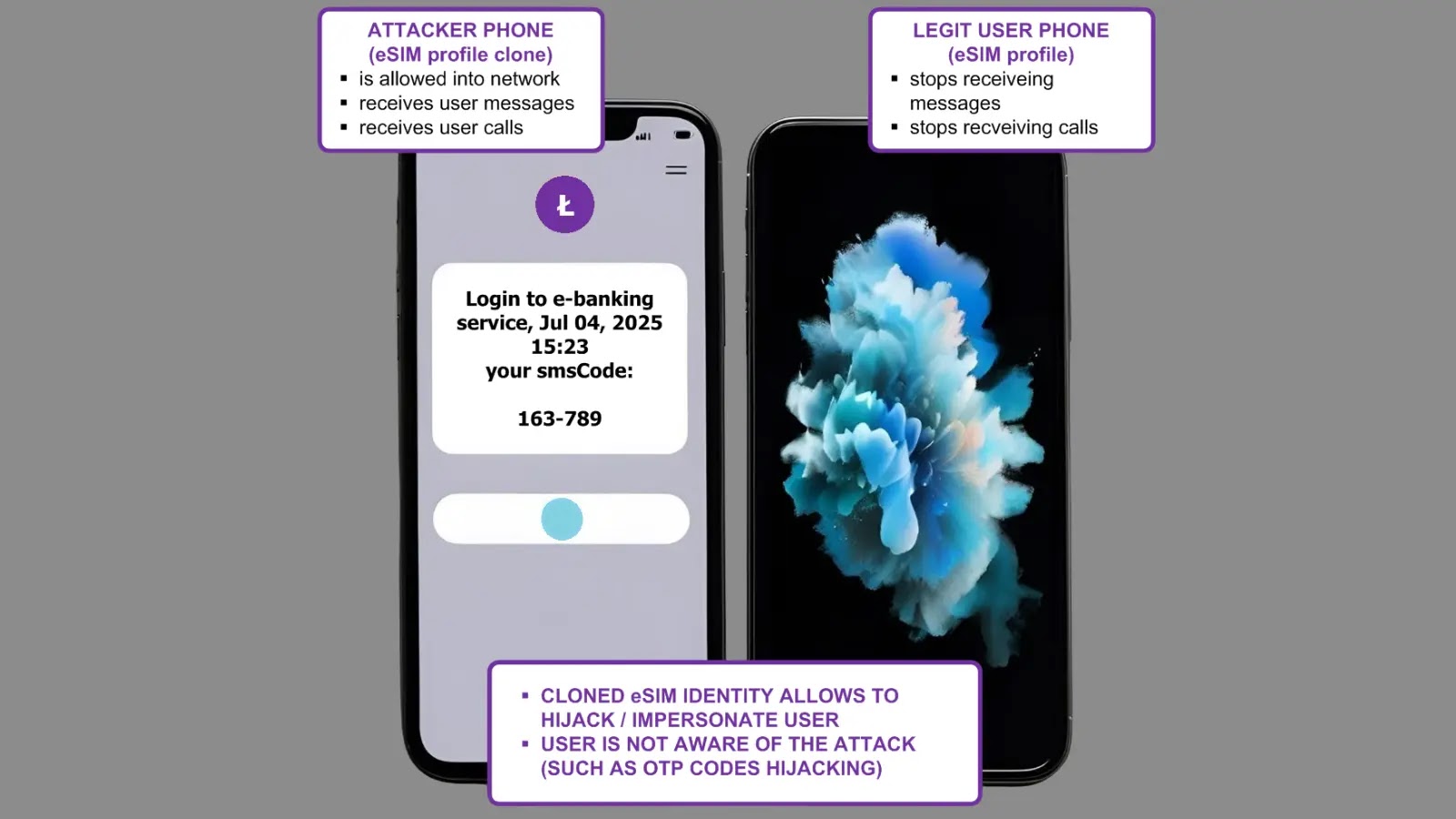In the contemporary digital landscape, Software as a Service (SaaS) applications have become integral to organizational operations. From Customer Relationship Management (CRM) systems to project management tools, these applications facilitate various business functions. However, the proliferation of both sanctioned and unsanctioned SaaS applications—often referred to as “shadow SaaS”—has introduced significant security challenges. Traditional Cloud Access Security Broker (CASB) solutions, once the cornerstone of SaaS security, are increasingly proving inadequate in addressing these challenges.
Understanding the Risks Associated with SaaS Applications
SaaS applications, while enhancing productivity, also expose organizations to various risks:
– Non-Sanctioned Applications: Employees may inadvertently upload sensitive data to unauthorized SaaS platforms, leading to potential data breaches and privacy violations. These unsanctioned applications often lack the security measures of approved platforms, making them attractive targets for cyber adversaries.
– Sanctioned Applications: Even approved SaaS applications are not immune to threats. Cybercriminals employ tactics such as phishing, credential stuffing, and malicious browser extensions to compromise user credentials. Once access is gained, attackers can navigate through corporate environments, escalating the potential damage.
Essential Capabilities for Mitigating SaaS Risks
To effectively counteract the risks associated with SaaS applications, security solutions must offer:
1. Granular Visibility: Comprehensive monitoring of user activities within applications to detect anomalies.
2. Threat Detection: Advanced analytics to identify potential malicious activities in real-time.
3. Active Intervention: The ability to promptly terminate or mitigate malicious activities to prevent data breaches.
Limitations of Traditional CASB Solutions
CASB solutions were developed to bridge the security gap between organizations and cloud service providers. They typically consist of three main components:
1. Forward Proxy: Designed to monitor and control outbound traffic from managed devices.
2. Reverse Proxy: Manages inbound traffic to cloud services, providing an additional layer of security.
3. API Scanner: Interfaces directly with cloud service APIs to monitor and control data exchanges.
Despite their structured approach, CASB solutions exhibit several critical shortcomings:
– Limited Coverage of Unmanaged Devices: Forward proxies are ineffective in controlling access from unmanaged or personal devices, leaving a significant security gap.
– Inadequate Control Over Unsanctioned Applications: Reverse proxies struggle to prevent data exposure in unauthorized SaaS applications, as they are not configured to monitor these platforms.
– Delayed Threat Response: API scanners often lack real-time monitoring capabilities, resulting in delayed detection and response to malicious activities within sanctioned applications.
Furthermore, CASB solutions often lack the granular visibility required to monitor user activities effectively. This deficiency hampers their ability to detect and respond to threats promptly.
The Browser as a Strategic Security Control Point
Given the limitations of CASB solutions, a paradigm shift towards browser-based security is emerging as a more effective approach. Since most SaaS interactions occur through web browsers, implementing security measures at the browser level offers several advantages:
– Comprehensive Visibility: Monitoring user activities directly within the browser provides real-time insights into both sanctioned and unsanctioned SaaS usage.
– Immediate Threat Mitigation: Browsers can be configured to detect and block malicious activities instantaneously, such as preventing unauthorized data uploads or downloads.
– Enhanced Control Over Data Exposure: By managing data interactions at the browser level, organizations can enforce policies that prevent sensitive information from being shared through unauthorized channels.
Comparative Analysis: Browser Security vs. CASB
When evaluating browser-based security solutions against traditional CASB systems, the former demonstrates superior capabilities:
| Security Aspect | Browser-Based Security | CASB Solutions |
|——————————-|—————————-|——————–|
| Discovery of Shadow SaaS | Yes | Partial |
| Data Exposure Prevention | Yes | Partial |
| Identity Exposure Mitigation | Yes | No |
| Malicious Access Prevention | Yes | Partial |
| Data Exfiltration Prevention | Yes | No |
This comparison underscores the enhanced effectiveness of browser-based security solutions in addressing the multifaceted risks associated with SaaS applications.
Conclusion
As organizations continue to integrate SaaS applications into their operational frameworks, the need for robust security measures becomes paramount. Traditional CASB solutions, while once effective, are increasingly inadequate in addressing the complexities of modern SaaS environments. Adopting browser-based security approaches offers a more comprehensive and real-time solution, ensuring that both sanctioned and unsanctioned SaaS applications are monitored and protected effectively.



